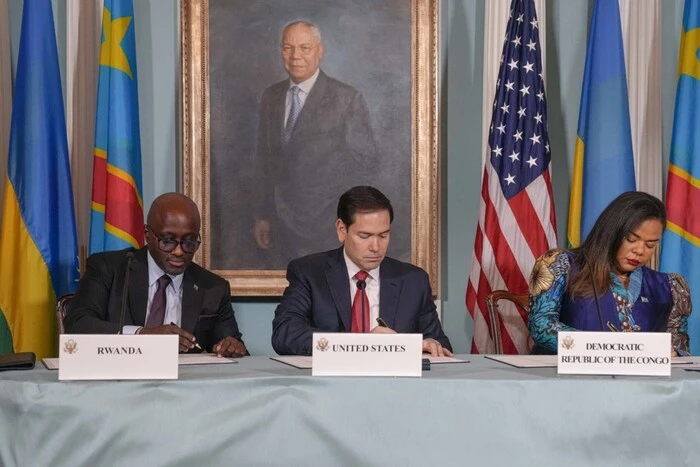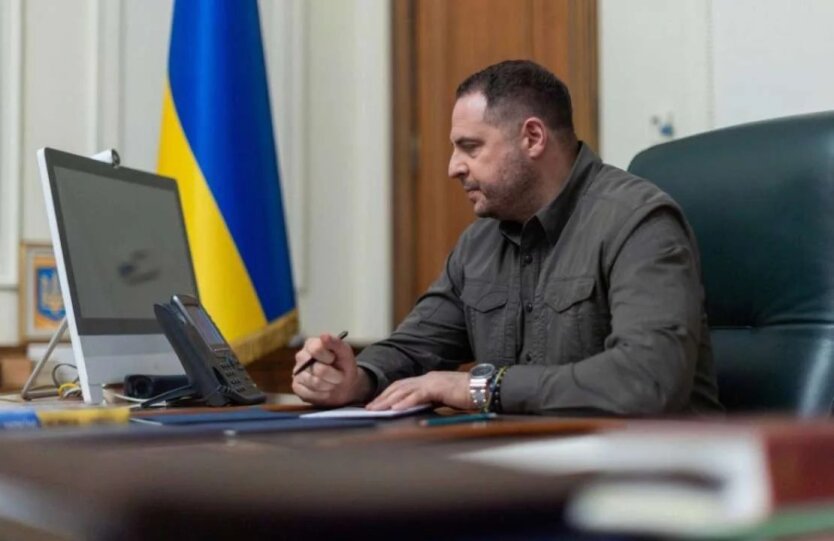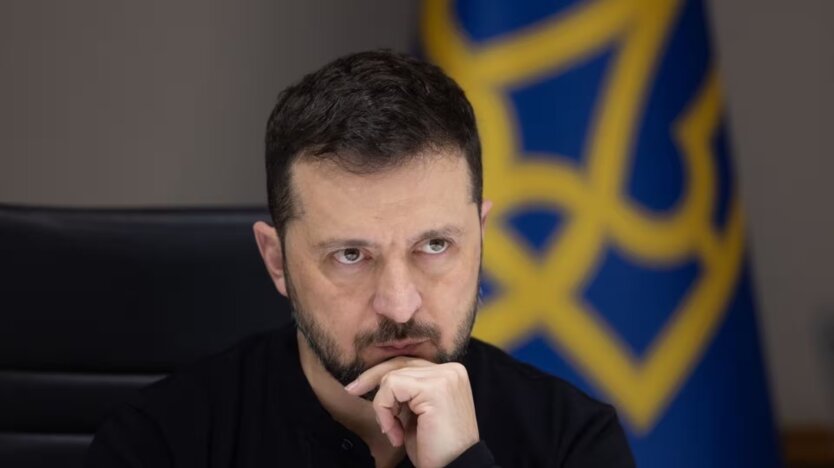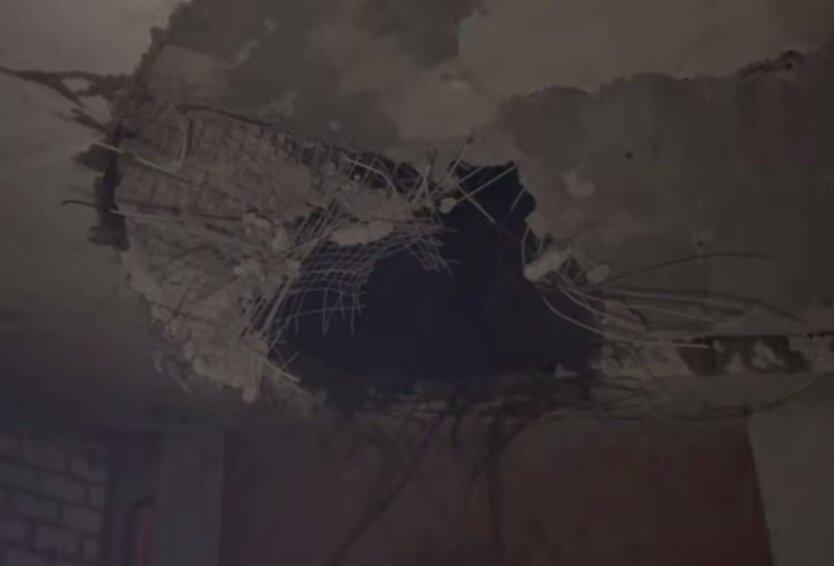Messenger Telegram plans to create an analogue of YouTube.


The popular messenger Telegram plans to create its own video hosting platform similar to YouTube. To achieve this, the company announced a contest for developers who need to create a new video player that will be integrated into the app.
According to the official announcement from Telegram, the prize fund of the contest amounts to $50,000. Submissions can be made until October 25, 2024, 23:59 Dubai Time (UTC+4). The results of the contest will be announced in November 2024.
The new video player must support the playback of both video and audio. It will replace the current AVPlayer and work within the app, without switching to external browsers. Key development requirements include compatibility with iOS 12 and newer versions, support for HLS streaming, and automatic adjustment of video quality based on Internet speed.
Initially, the new feature is planned to be added to the iOS version of Telegram. It will later appear on Android devices and in the desktop version of the messenger.
Developers emphasize that using web views for playing audio or video is prohibited. Contest participants can implement everything in native code or use a hybrid solution, where data control is done in JavaScript and playback is in native code.
The contest winners will have the opportunity for further collaboration with Telegram. The company will test the submitted solutions on various devices with iOS from version 12 to 18.
Read also
- Rwanda and Congo signed a peace agreement mediated by the USA
- End of Negotiations: Trump Sharply Changed Course in Dialogue with Canada on Tariffs
- Ukraine is not ready for negotiations: Yermak revealed details of the conversation with advisors on the security of Western countries
- Zelensky held a 'Technological Stake': priorities marked for drone production
- The Ministry of Foreign Affairs revealed the scale of Russian terror with cluster munitions
- The European Parliament rejected the consideration of the petition regarding the Finnish-Russian border










